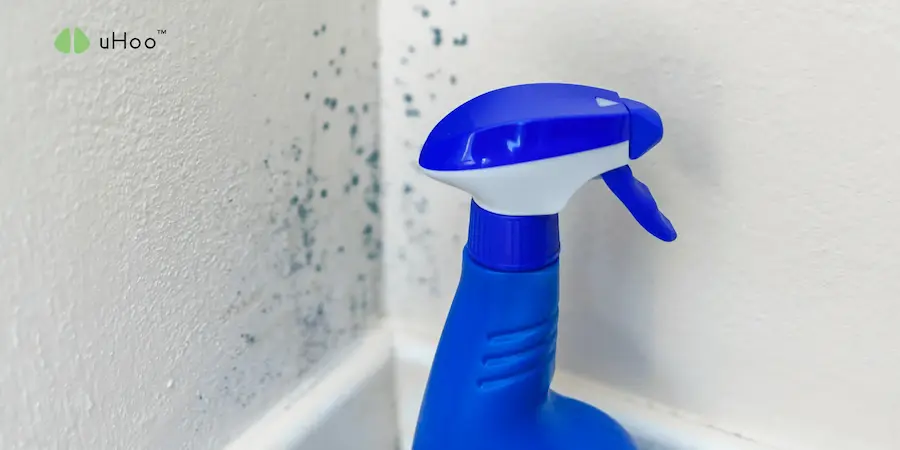The air we breathe indoors is often far more polluted than the air outside, and one of the most insidious and widespread culprits is mold. This microscopic fungus, often hidden from plain sight, can silently undermine your home’s structure and, more importantly, your family’s health. While you might notice a musty odor or see visible black spots, these are often just the tip of the iceberg.
To truly understand if mold is compromising your indoor air quality, a home mold test is not just recommended, it’s essential.
Mold thrives in damp, dark, and poorly ventilated environments. It reproduces by releasing microscopic spores into the air, which can then be inhaled. While some people may experience no immediate symptoms, others can suffer from a range of health issues, including:
- Allergies and Asthma: Mold spores are common allergens, triggering sneezing, coughing, runny nose, itchy eyes, and skin rashes. For individuals with asthma, mold exposure can lead to severe attacks.
- Respiratory Problems: Beyond allergies, prolonged exposure to mold can cause irritation of the throat, nose, eyes, and lungs, even in non-allergic individuals.
- Other Health Concerns: Some molds produce mycotoxins, which can be toxic and lead to more severe health effects over time, though this is less common in typical household mold exposure.
- Structural Damage: Beyond health, mold actively consumes organic materials, leading to the decay of drywall, wood, insulation, and other building components, compromising your home’s integrity.
You might think you’d know if you had a mold problem. You’d smell it, right? Or see it? Not necessarily.
- Invisible Growth: Mold often grows in hidden areas – behind walls, under flooring, in attics, or within HVAC ducts. By the time it becomes visible, the problem is likely already significant.
- Subtle Odors: A persistent musty or earthy smell is a strong indicator of mold, but your nose can become desensitized over time, or the odor might be too faint if the mold is deeply hidden.
- Sporadic Symptoms: Health issues related to mold exposure can be vague and attributed to other causes, making it hard to connect them directly to your home environment without testing.
The Power of a Home Mold Test
A professional or DIY home mold test provides concrete evidence of mold presence and, crucially, helps identify the types of mold in your environment. A home mold test typically involves taking air samples to measure airborne spore counts or surface samples to identify mold growth on materials.
- Confirmation: A test confirms whether mold is present, even if it’s hidden.
- Identification: It can help identify the specific species of mold, which can be relevant for understanding potential health risks.
- Guidance for Remediation: Knowing the extent and type of mold helps professionals devise an effective remediation plan. You wouldn’t want to just paint over it; mold needs to be safely removed to prevent recurrence.
- Peace of Mind: Even if a home mold test comes back negative, you will gain valuable peace of mind knowing your air is likely mold-free.
Proactive Monitoring with the uHoo Mold Index
While a one-time home mold test can confirm existing problems, continuous monitoring is the ultimate proactive approach. This is where smart air quality monitors, particularly those with advanced mold detection capabilities, become invaluable.
The uHoo Mold Index, for example, is a cutting-edge feature found in uHoo air quality monitors. Instead of just measuring humidity (a precursor to mold), the uHoo Mold Index analyzes multiple environmental factors, including temperature, humidity, CO2, and even volatile organic compounds (VOCs), to calculate the risk of mold growth in your home.
It uses an intelligent algorithm to assess conditions conducive to mold development, providing you with an easy-to-understand risk level in real-time. This allows you to:
- Identify Problem Areas Early: The uHoo Mold Index can alert you to conditions favorable for mold growth before you see or smell any signs of it.
- Take Preventive Action: With early warnings, you can adjust ventilation, humidity levels, or heating/cooling to mitigate the risk and prevent mold from taking hold.
- Track Trends: Understand how different activities or seasonal changes impact your home’s mold risk, empowering you to make informed decisions for long-term prevention.
In conclusion, don’t leave the invisible threat of mold to chance. A home mold test is your initial step to uncovering hidden dangers and safeguarding your indoor air quality. For continuous vigilance and proactive prevention, integrating a smart air quality monitor with advanced features like the uHoo Mold Index can empower you to create a truly healthy and safe breathing space for your family.



